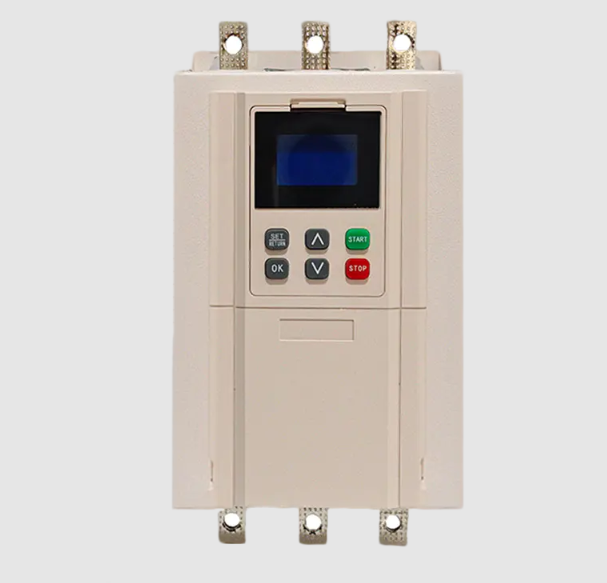Evaluating Electrical Panels for Pump Applications

Soft Starter Cabinet and Water Pump Starer often appear together when engineers design pump control systems for residential, agricultural or light-industrial environments. Both devices help manage motor behavior during start-up, which affects how smoothly a pump enters operation. When placed into a complete control panel, these two elements influence electrical response, mechanical wear and downstream water distribution stability. Their shared purpose makes them relevant in irrigation, building water supply and small industrial equipment.

A Soft Starter Cabinet typically houses electronic components that regulate motor acceleration. By moderating current during start-up, the cabinet allows the pump motor to reach its operating speed with reduced stress on the electrical circuit. A Water Pump Starer, however, may rely on more direct methods of controlling switching or sequencing depending on the pump size and installation plan. Both devices are often selected based on the type of pump, required flow rate and the electrical environment of the facility.
Manufacturers of pump equipment place emphasis on control precision because pumps often operate in variable conditions. Seasonal demand changes, fluctuating water levels and shifting flow requirements can affect how frequently the pump starts and stops. Equipment designers, therefore, evaluate how a soft starter affects motor longevity and whether a pump starer can provide the response speed needed for certain applications. A well-matched control system gives technicians more flexibility during installation and maintenance.
When assembling a Soft Starter Cabinet, panel builders consider wiring layout, component spacing, cooling paths and access routes for troubleshooting. They aim to create a clear structure that maintenance staff can understand even after years of operation. A Water Pump Starer, when included in the same system, must align with the cabinet’s wiring logic so that both devices function together without generating unnecessary switching noise or contact issues. The compatibility of the two devices contributes to consistent equipment behavior.
Pump installations vary widely. Some systems serve residential buildings, others support agricultural irrigation, while certain facilities require pumps for circulating treated water. The combination of the two starter types allows engineers to balance the mechanical needs of the pump with practical considerations in the electrical room. A soft starter can reduce mechanical stress on the pump’s internal structure, while the pump starer ensures the device starts promptly when a pressure drop or fill-level signal is received.
Technicians performing routine inspections often prefer systems that maintain stable thermal performance. The components inside the Soft Starter Cabinet generate moderate heat during operation, and appropriate ventilation helps protect circuit stability. Pump starers may generate less heat, yet they still require proper enclosure handling to maintain consistent switching behavior. Clear labeling and structured panel layouts assist maintenance personnel in identifying components quickly.
Across various industries, the trend toward integrated pump control systems continues. Engineers look for panels that can be adjusted, monitored and serviced without major modifications. The two starter types support this direction by offering predictable operational characteristics. Whether used in small-scale water supply systems or larger agricultural setups, they provide a balanced approach to controlling pump motors in diverse environments.
- Art
- Causes
- Crafts
- Dance
- Drinks
- Film
- Fitness
- Food
- Jeux
- Gardening
- Health
- Domicile
- Literature
- Music
- Networking
- Autre
- Party
- Religion
- Shopping
- Sports
- Theater
- Wellness

